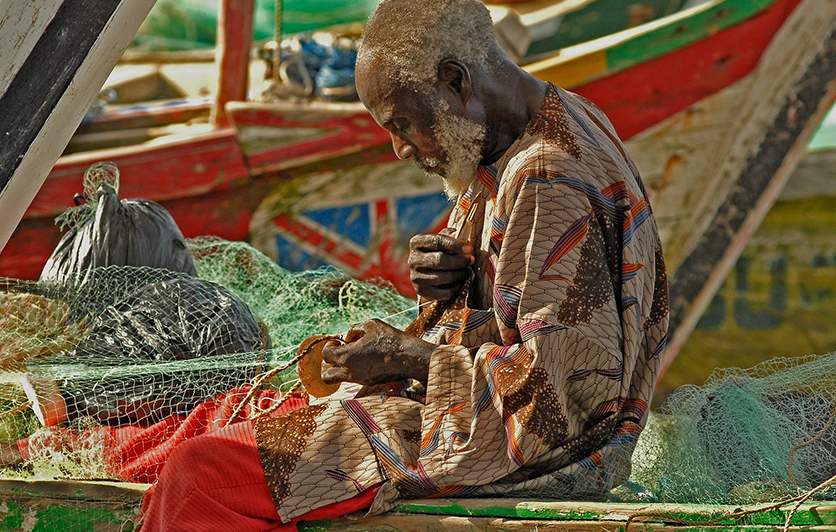-
Home
- Home Debora and Marco
- Debora and Marco

Debora and Marco
"Hello, we are Debora and Marco and we met while doing research on glass. Debora is from Argentina. After finishing a degree in art, she decided to widen her horizons and that road brought her to Mexico where we met each other," says jewelry artisan Marco. <br><br>
"I studied veterinary medicine. After several successful professional activities that benefited society with practice and technical knowledge, I was ready for a change in my life and I found myself attracted to art. So we both began researching the art of glass, both with the same restlessness and both destined to join forces as we dominated the technique of dichroic glass." Dichroic glass is an ultra-thin coating of metal oxides and quartz, grown as a crystal structure on the surface using a highly technical vacuum deposition process. Originally produced for the aerospace industry, it now provides a medium for Debora and Marco's fused glass jewelry. <br><br>
"First we began making sculptures and panels with this material," Debora continues, "and through a lot of investigating and testing, the idea was born of making a line of jewelry that was different and full of light. At the beginning, as with everything, it was very difficult for us. Our economic situation was no help either. We made a number of pieces to see if it might be feasible. We took them to Taxco where the greatest concentration of jewelers is and we presented our project. It was very well received and this gave us the freedom of being able to continue experimenting and playing with light to create new designs and colors. With time, we set up a small jewelry workshop to craft our own designs. <br><br>
"Dichroic glass is somewhat of a misnomer, since the dielectric coating that produces all the interesting colors is not glass at all, but very thin layers of metal oxides. These thin layers have a total thickness of 3 to 5 millionths of an inch. These materials produce an 'interference filter' that creates the varied and unique color characteristics that we see. Since the total thickness is so minute, the filter has very little mechanical integrity of its own and must be supported on a mechanically stable base. Glass is the ideal material for this base. It is transparent, adequately rigid, is stable, withstands relatively high temperatures and is not affected by moisture, solvents or most acids. The materials producing the filter are actually more chemically stable than most glasses used as the substrate. The filter is generally as durable as the substrate it is on. Thus, what we commonly call dichroic glass is actually a dielectric interference filter attached to the surface of a piece of glass. <br><br>
"Currently, we have worked as consultants with people who are interested in our glass work. We have an infinite variety of colors and light reflections in our designs, depending on the angle at which you look at them. Thus they are unique pieces, each one set in silver to draw more attention to the color. <br><br>
"Our work is the result of considerable glass technique research that we carry out together, creating a rainbow of colors that reflect our love of the art and of each other."


